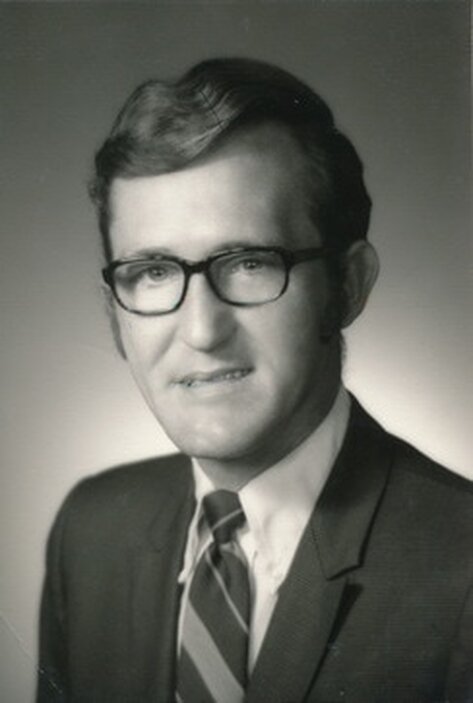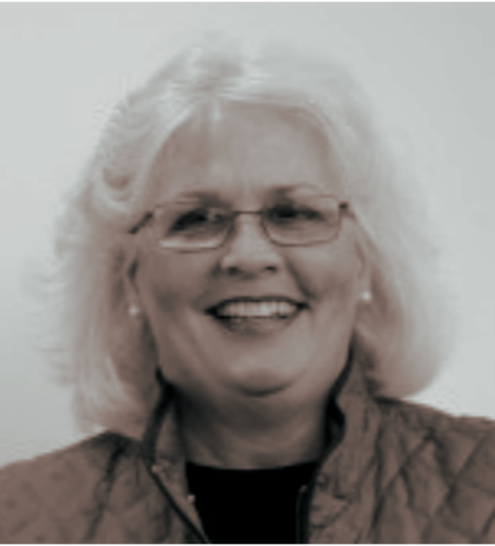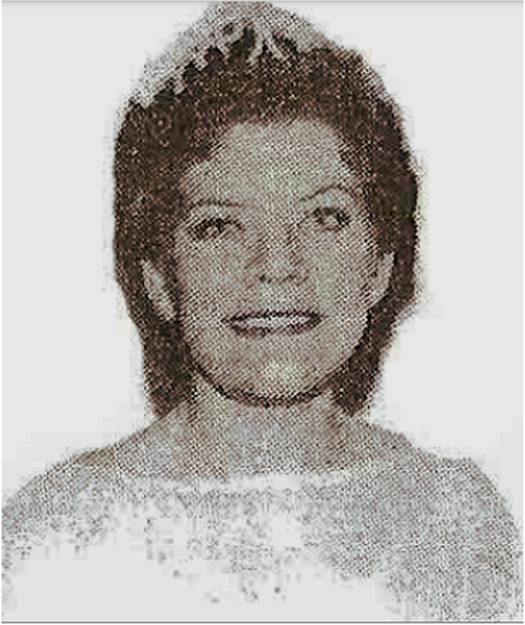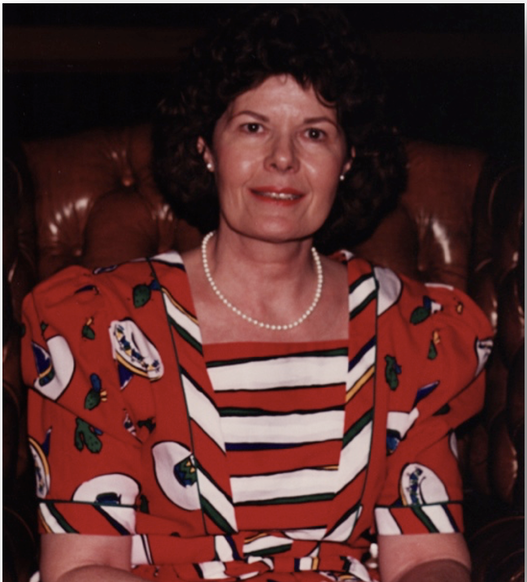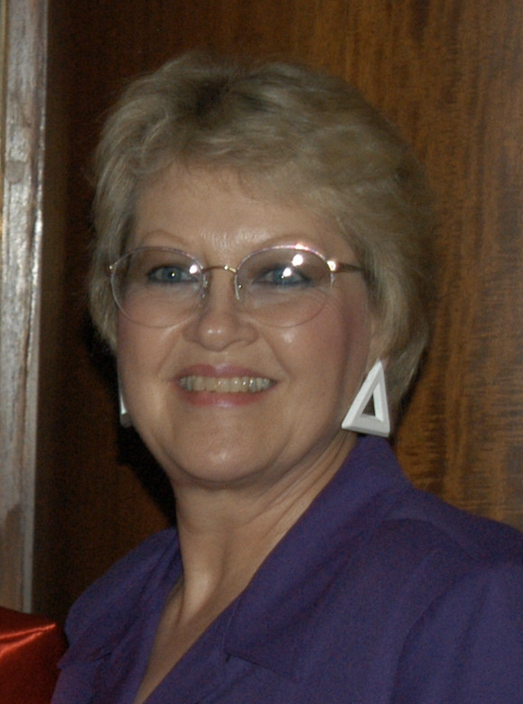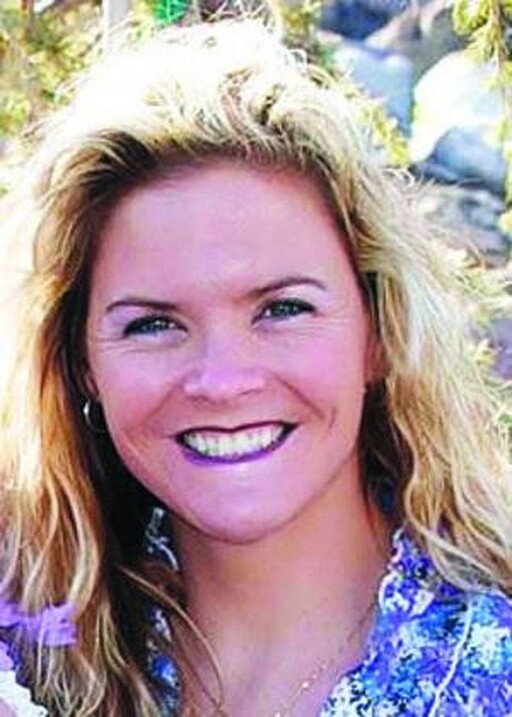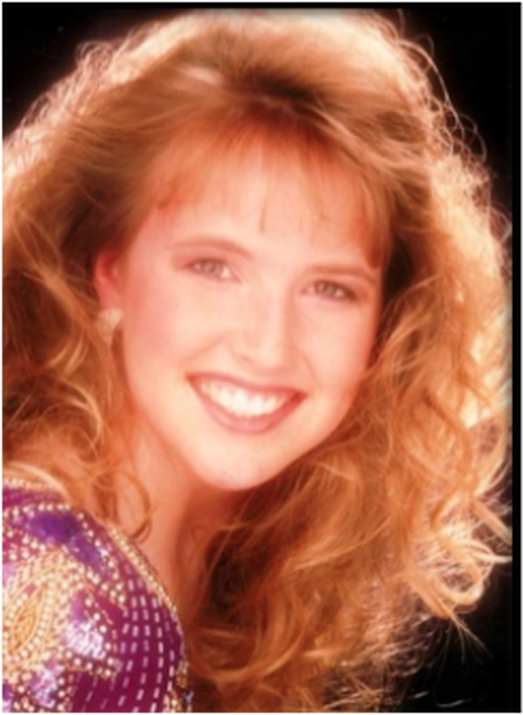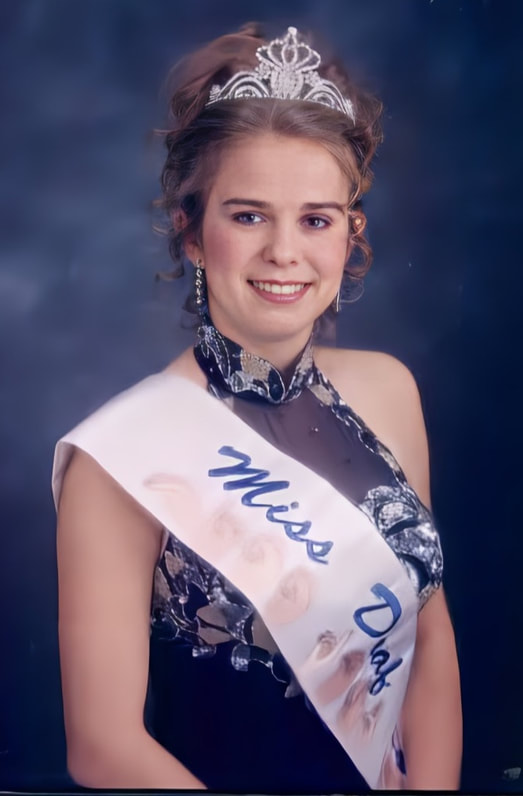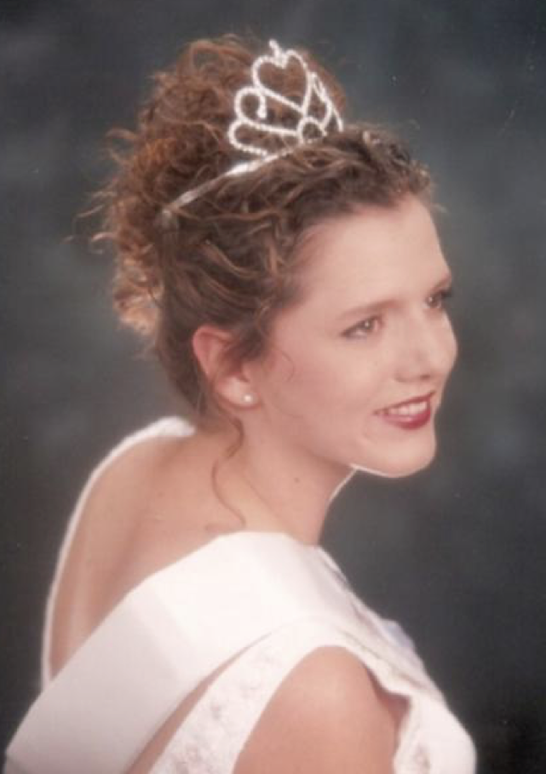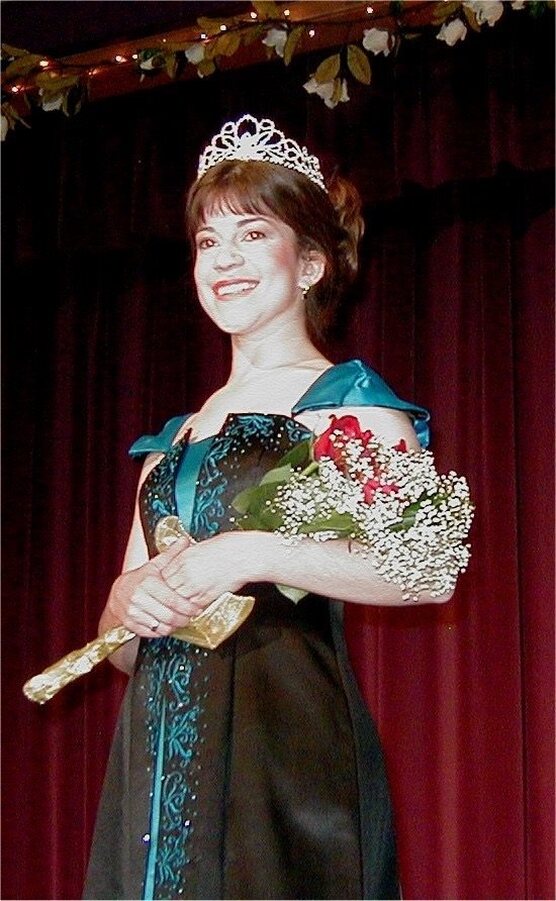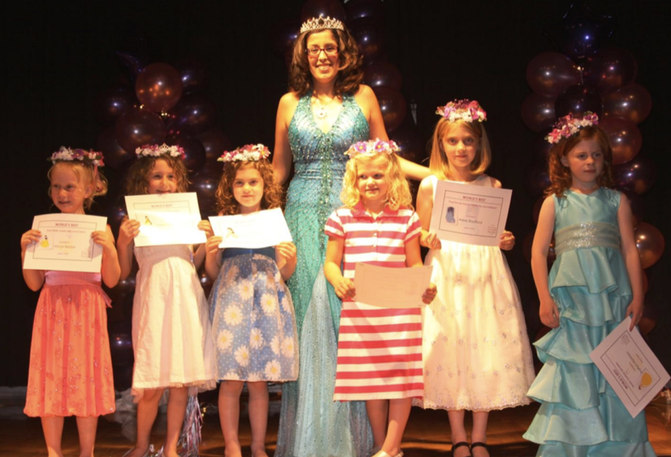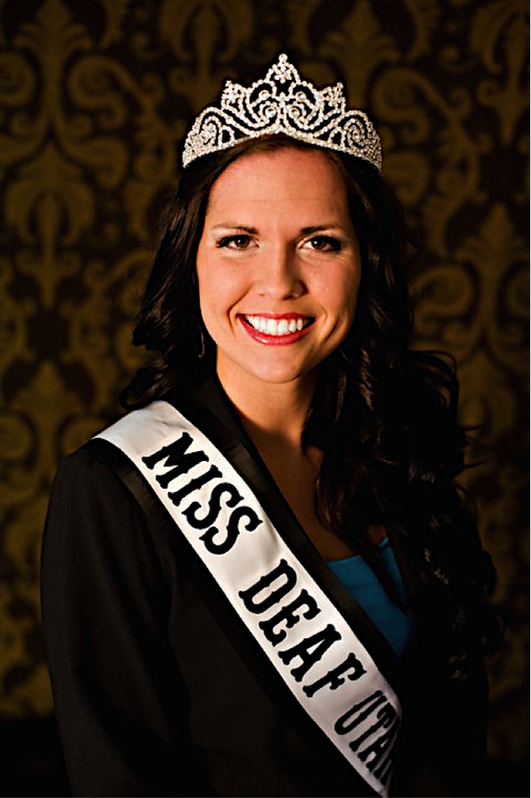History of the
Miss Deaf Utah Pageant
Compiled & Written by Jodi Becker Kinner
Edited by Valerie G. Kinney & Andrea Anderson
Published in 2013
Updated in 2024
Edited by Valerie G. Kinney & Andrea Anderson
Published in 2013
Updated in 2024
The Establishment of the
Miss Deaf Utah Pageant
Miss Deaf Utah Pageant
The Miss Deaf America Pageant (MDAP) was established in 1972 by the National Association of the Deaf. The purpose of the pageant is twofold: to give talented young Deaf women the opportunity to assume leadership roles in the Deaf community and to raise awareness about the Deaf community among the general public through the pageant winner. In 1978, W. David Mortensen, president of the Utah Association for the Deaf, appointed Adele Sigoda as chairwoman and launched the 1979 Miss Deaf Utah Pageant committee. Their goal was to achieve the same objectives as the MDAP but on a local level in Utah (The Miss Deaf Utah Story).
During a committee meeting in 1979, UAD President Mortensen proposed that contestants for a particular event should have sponsors. However, the committee was not keen on the idea due to the logistical difficulties in bringing the girls and organizations together. However, they revisited and implemented the notion in 1983. It was moderately successful, as each girl had a sponsor. The Miss Deaf Utah Story highly recommended sponsors because they provided moral support, advice, and ideas that the girls couldn't obtain independently.
Adele Sigoda, the First
Chairperson of the Miss Deaf Utah Pageant
Chairperson of the Miss Deaf Utah Pageant
In 1979, Dave Mortensen was helping Adele Sigoda establish the MDUP. Meanwhile, his Deaf daughter Kristi was secretly preparing to compete in the pageant with the help of her grandmother Maxie Christiansen for clothing and her friend Dora B. Laramie for talent and speaking skills. Dave and Shanna, her parents, were completely unaware that Kristi had entered the MDUP until a few weeks before the pageant in November of that year. Fortunately, Adele found a replacement judge. In 1979, Kristi emerged victorious in the inaugural Miss Deaf Utah pageant, earning the title of Miss Deaf Utah (Kristi Mortensen, personal communication, March 28, 2009). From then on, the pageant took place every two years until 2012.
Kristi Mortensen,
the First Miss Deaf Utah in 1979
the First Miss Deaf Utah in 1979
The committee held meetings at various locations, which included the Salt Lake County council chambers, St. Benedict's Hospital in Ogden's conference rooms, and Murray's Copper Mountain Mental Health Center. Later, the group met regularly at the Utah Community Center for the Deaf in Bountiful, Utah, and then at the Robert G. Sanderson Community Center of the Deaf and Hard of Hearing in Taylorsville, Utah.
Adele stepped down from her role at the 1981 awards ceremony to spend more time with her new family. The Miss Deaf Utah Story appointed Shirley Snow as state director and elected Barbara Bass as chairwoman in her place. The majority of contestants in the first two pageants were college students in their early twenties.
Most contestants were younger at the time, having recently graduated from high school. Additionally, the rubella epidemic caused many of them to become deaf (The Miss Deaf Utah Story). MDUP fundraisers raised funds for the Miss Deaf Utah pageant, helping to cover all expenses for Miss Deaf Utah, her chaperone, and the scholarship fund (The Miss Deaf Utah Story).
The Utah Association for the Deaf honored Eleanor Kay Kinner with a Presidential Award in 1995 for her work as MDUP State Director for two pageants.
Adele stepped down from her role at the 1981 awards ceremony to spend more time with her new family. The Miss Deaf Utah Story appointed Shirley Snow as state director and elected Barbara Bass as chairwoman in her place. The majority of contestants in the first two pageants were college students in their early twenties.
Most contestants were younger at the time, having recently graduated from high school. Additionally, the rubella epidemic caused many of them to become deaf (The Miss Deaf Utah Story). MDUP fundraisers raised funds for the Miss Deaf Utah pageant, helping to cover all expenses for Miss Deaf Utah, her chaperone, and the scholarship fund (The Miss Deaf Utah Story).
The Utah Association for the Deaf honored Eleanor Kay Kinner with a Presidential Award in 1995 for her work as MDUP State Director for two pageants.
Shirley Snow, the longest-serving State Director
of the Miss Deaf Utah Pageant
of the Miss Deaf Utah Pageant
Shirley Snow has the longest-serving record as a State Director, organizing six pageants. Shirley and Kristi Mortensen participated in the State Directors' Meeting with MDAP officials in Kansas City in 2004, marking the launch of the Miss Deaf America Program. However, they postponed discussions about the program's implementation until the next NAD/MDAP event in California in 2006. In 2006, debates arose about converting Miss Deaf America to Miss Deaf Ambassador due to the decreasing number of participating girls. Furthermore, the majority of girls in the mainstream program were not yet aware of the NAD and MDAP's existence.
Andrea Garff Anderson Becomes the State Director
of the Miss Deaf Utah Ambassador
of the Miss Deaf Utah Ambassador
Andrea Garff Anderson, a former Miss Deaf Idaho who had participated as a contestant and judge in seven other pageants, was appointed as the State Director of the Miss Deaf Utah Ambassador when the new changes were finalized.
During the Miss Deaf America program in New Orleans in the summer of 2007, many state directors favored converting Miss Deaf America to Miss Deaf Ambassador. They also voted to change the terminology from Miss Deaf Utah Pageant to Miss Deaf Utah Ambassadorship Program. Two Utah representatives, Katrina Pickett Lee, a former Miss Deaf Utah, and Eleanor McCowan, witnessed these changes.
Kristi Mortensen said that this was the beginning of a new era, and the Miss Deaf Utah Ambassador had added a lot of flavor to the state of Utah. Furthermore, it allowed many young girls from mainstream programs to build self-esteem, expand their abilities, improve their public speaking skills, and inspire future generations.
During the Miss Deaf America program in New Orleans in the summer of 2007, many state directors favored converting Miss Deaf America to Miss Deaf Ambassador. They also voted to change the terminology from Miss Deaf Utah Pageant to Miss Deaf Utah Ambassadorship Program. Two Utah representatives, Katrina Pickett Lee, a former Miss Deaf Utah, and Eleanor McCowan, witnessed these changes.
Kristi Mortensen said that this was the beginning of a new era, and the Miss Deaf Utah Ambassador had added a lot of flavor to the state of Utah. Furthermore, it allowed many young girls from mainstream programs to build self-esteem, expand their abilities, improve their public speaking skills, and inspire future generations.
Andrea Anderson was in charge of two Miss Deaf Utah Ambassadorship Programs, which consisted of over ten workshops and two weekend retreats each. Kelli Fletcher, the MDUAP treasurer, secured a $20,000 grant for the organization. In 2009, fifteen people showed interest in the program, but only seven were selected. Andrea's work with the program and its re-establishment earned her the Presidential Award from UAD in the same year (Andrea Anderson, personal communication, January 2, 2013).
Katrina Pickett Lee, 1993 Miss Deaf Utah
Camille Call, 1997 Miss Deaf Utah
Camille Call, 1997. Being involved with the pageant experience helped me grow in many ways including talent, confidence, poise, intelligence, and especially my leadership abilities. Being Miss Deaf Utah queen has taught me about the importance of hard work, commitment, and team-work. It is worth it in the long run as it has not been an easy task. I will always treasure this wonderful, memorable experience as being a role model in serving the community and especially deaf children. Through my platform on Deaf and Political Advocacy, I have developed greater appreciation for the deaf needs and services that we have today. I definitely will continue to be actively involved in the deaf community. It was fun making new friends!!! Representing Utah was one of the best experiences I had in my life!
Rebecca Davenport, 2001 Miss Deaf Utah
Rebecca Davenport, 2001. Being involved with the Miss Deaf Utah Pageant was a rich experience for me. I met other ladies that I competed with and they became my friends for life. Also by being a participant in a pageant, it helped me build self confidence. People will always remember me and the service I did for the community. It is a great and learning experience about world issues that impacts our deaf community. Being involved with the pageant gave me more opportunities in life.
Ellen O’Hara, 2003 Miss Deaf Utah
Ellen O’Hara, 2003. Being a Miss Deaf Utah created a new meaning of honor. I realized my actions are louder than what say. "It helped me to become kinder and thoughtful of others. I looked outside of myself and I strived to comfort others. I learned to put others first and to become a representative for Utah Deaf community. It taught me the value of tactfulness and proper conduct. The experience was an eye-opener. I was amazed to see other girls representing other states in MDAP. I didn't really realize how much this pageant meant nationally. I enjoyed it more because I was able to create good friendships even though we lived states apart. I felt honored to be chosen to represent Utah and felt proud that I did well in my title.
The Miss Deaf Utah Princess Is Formed
Andrea Anderson also founded the "Miss Deaf Utah Princess" pageant in 2010 for girls aged 6 to 8. The popularity of the pageant led to its revival in 2012.
Andrea Vigil, 2009 Miss Deaf Utah
Andrea Vigil, 2009. I loved being your Miss Deaf Utah. Before I became Miss Deaf Utah, I was just being myself, working and going on with my life as usual. But when I got involved with this MDUAP (Miss Deaf Utah Ambassador Program), competing and winning the title changed my life because it has allowed me to reach so many people from all walks of life. I learned so much from these people. I was able to expand my passion and work with deaf community. So many opportunities came up while I was Miss Deaf Utah and I learned many things that applied to my personal life and to the deaf community. One of my favorite appearance as Miss Deaf Utah was the Miss Deaf Princess event, because of the young girls who were involved. They had the opportunity to experience being on the stage, sharing their talents, personalities and wearing their favorite dresses. It was so cute and I believe it was a good positive experience for the girls. During this event, I was able to share with the Utah deaf community my talent, platform, and my evening grown presentation. I was also able to get feedback from UAD board which helped me prepare for the Miss Deaf America pageant in Philadelphia, PA. The experience in Philadelphia was a changing part of my life. It feels great to have confidence in myself and to know so many people believed in me as their representative for Utah.
The Miss Deaf America Program Has Been Renamed The Youth National Ambassador Program
In 2012, the National Association of the Deaf replaced the Miss Deaf America Program with the Youth National Ambassador Program. This new program allows men and women aged 18 to 30 who are Deaf or hard of hearing from anywhere in the country to participate and represent the NAD as one of the Youth National Ambassadors. However, Andrea did not agree with the new change and was saddened by the discontinuation of the NAD Miss Deaf America Program and the UAD Miss Deaf Utah Program. The last pageant in Utah took place in 2012.
Kayla Stubbs, 2011 Miss Deaf Utah
Kayla Stubbs, 2011. When I first heard about Miss Deaf Utah Ambassador Program, I thought it was all about being perfect and beautiful with a lot of amazing talents and I thought I wasn’t good enough to compete but I decided to try it out anyways. When I won the title, I knew that I felt like I finally knew who I was. I knew what I believed in and I knew I could be true to myself and show young women that you don’t need to compromise to get ahead or to become Miss Deaf Utah. You can be anything you want to be if you believe in yourself. I am so grateful for these experiences as I now know it has helped to shape me into a better person and a better leader. My year has been incredible with speaking engagements, appearances, and, of course, my indescribable trip to Miss Deaf America. These moments are forever etched into my mind and cannot be replaced. In a way, I hoped this night would never come because it means that my time as a titleholder is at an end. But I’m going to smile because I did have this chance and I now have the whole world in front of me. Miss Deaf America was in Kentucky Louisville last July, I was there for two weeks. There were 14 girls who competed and it was so great to meet all of these ladies, as they were all very smart and very beautiful. They all are very unique and I learned a lot about each of them. I love the diversity of people. We all worked together and supported each other during the finals. It was amazing because it felt like we were all sisters. Whenever one girl is crying or having a hard time, we all would try hard to make her feel better. I became really close to Miss Deaf Maryland named Chanel who is currently Miss Deaf America. We were roommates for the last two weeks and we just clicked. We have gotten really close and we did everything together at NAD. I am very honored that I got to know her and she is my role model. The overall experience was amazing and I will never forget it. I would like to thank my state director Andrea for pushing me because she believed in me and that I can do it when I couldn’t believe in myself. She was like a mother to me, a great friend, and an amazing support ever through this amazing journey. I wouldn’t be able to make it through without her. She’s my hero. Thank you for not giving up on me. I would like to thank all of you for believing in me as well. Thank you for helping out with different events that made it possible for me to go to Miss Deaf America. I thank you who helped with the haunted house and who helped with Miss Deaf Utah Princess. This is a great community and I am so honored that I got the chance to represent you and be your last Miss Deaf Utah.
Author’s Note
Andrea Garff Anderson is to be commended for gathering and compiling the following information:
• Miss Deaf Utah Pageant Contestants (PDF)
• Comments by Some Former Miss Deaf Utah Queens (PDF)
• Miss Deaf Utah Pageant History of Committee Members from 1979 to 2012 (PDF)
• Miss Deaf Utah Pageant PowerPoint (PDF)
• Comments by Some Former Miss Deaf Utah Queens (PDF)
• Miss Deaf Utah Pageant History of Committee Members from 1979 to 2012 (PDF)
• Miss Deaf Utah Pageant PowerPoint (PDF)
Special Thanks to Andrea Garff Anderson
"Miss Deaf Utah Pageant" is an informative PowerPoint presentation that provides detailed information about the Miss Deaf Utah Pageant and the Miss Deaf Utah Ambassador Program. Andrea Garff Anderson dedicated a significant amount of time and effort to create this presentation, and her exceptional work is evident in its quality.
Notes
Andrea Anderson, e-mail message sent to Jodi Becker Kinner. January 2, 2013.
Kristi L. Mortensen, e-mail message sent to Jodi Becker Kinner. March 28, 2009.
Kristi L. Mortensen, e-mail message sent to Jodi Becker Kinner. March 28, 2009.
Reference
The Miss Deaf Utah Story. 1983.
